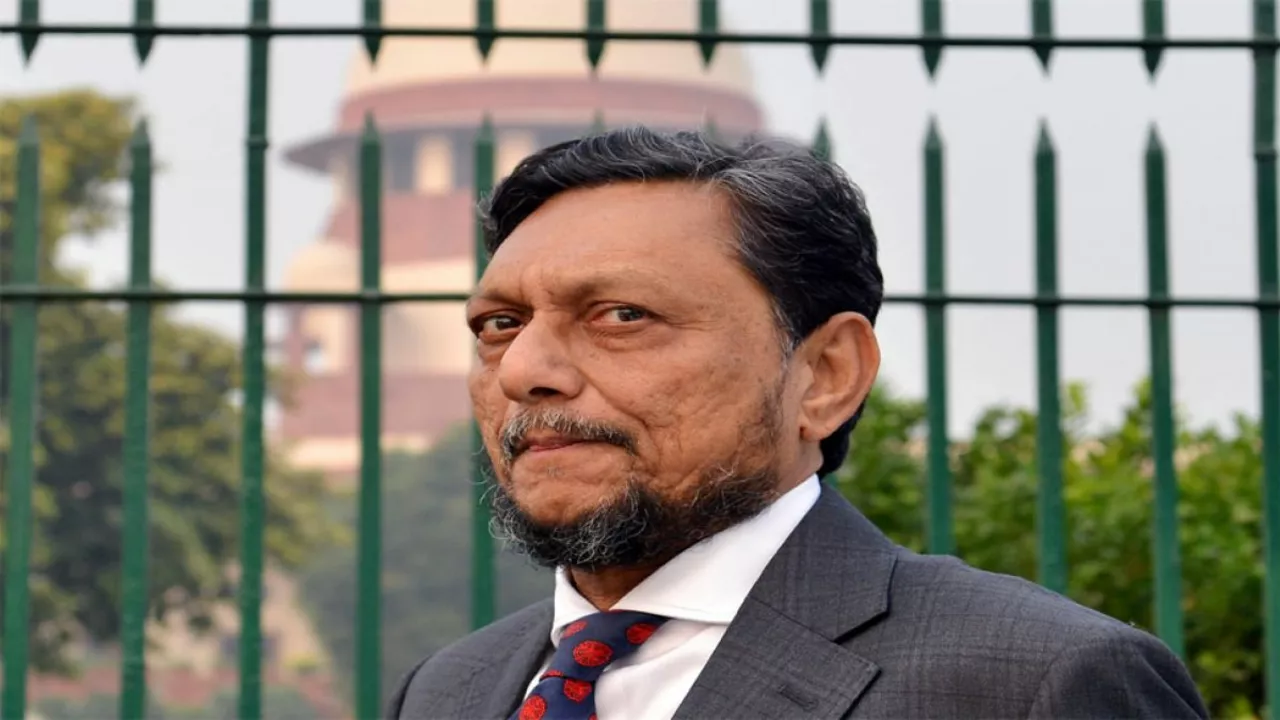Successor Recommendation: How to Pick the Right Leader for Your Team
Choosing a successor isn’t a lottery; it’s a careful process that can make or break your organization’s future. Whether you’re a manager, HR pro, or business owner, you need a clear roadmap to spot the right candidate and move them into the role with confidence.
Why a Solid Successor Recommendation Matters
A strong successor keeps projects on track, maintains morale, and protects the company’s reputation. When you plan ahead, you avoid the panic that follows sudden departures, and you give the new leader a chance to step in with a solid knowledge base. Think of it as an insurance policy for your business – one that pays off in smoother transitions and fewer disruptions.
Step‑by‑Step Guide to Building a Winning Recommendation
1. Define the role’s core responsibilities. List the day‑to‑day tasks, strategic goals, and key performance indicators. Knowing exactly what the job demands helps you match skills accurately.
2. Identify the skills and traits you need. Look for a mix of technical ability, emotional intelligence, and cultural fit. Ask yourself: Does the candidate handle pressure? Can they inspire the team?
3. Create a talent pool. Scan internal records, performance reviews, and project outcomes. Don’t ignore up‑and‑coming staff who may have shown leadership in small ways.
4. Use a scoring matrix. Assign points for each required skill and rank candidates objectively. This removes bias and gives you a clear picture of who stands out.
5. Conduct informal interviews. Talk to potential successors about their career goals, challenges they’ve faced, and how they’d approach the new role. Their answers reveal readiness beyond the resume.
6. Offer a trial period or stretch assignment. Let the top candidates lead a project or a team for a few weeks. Real‑world performance tells you more than any test.
7. Provide feedback and development. If the first choice isn’t quite ready, give them targeted coaching, mentorship, or training. Succession planning is a long‑term investment, not a one‑off decision.
By following these steps, you turn a vague idea of “someone should take over” into a concrete, data‑driven recommendation you can trust.
Remember, the best successor isn’t always the most senior person. It’s the individual who aligns with the role’s demands, the company’s culture, and the future direction you envision. Use this guide, keep the process transparent, and you’ll see smoother transitions and stronger results across the board.
Legal News

CJI Bobde recommends Justice Ramana as his successor?
In a significant move, Chief Justice of India, Sharad Arvind Bobde, has recommended Justice N.V Ramana as his successor. This recommendation comes in line with the norms of seniority. If approved, Justice Ramana will become the 48th Chief Justice of India. This is a crucial moment in India's judiciary and will shape the future course of its judicial landscape. The final decision, however, rests with the President of India, who makes the official appointment.